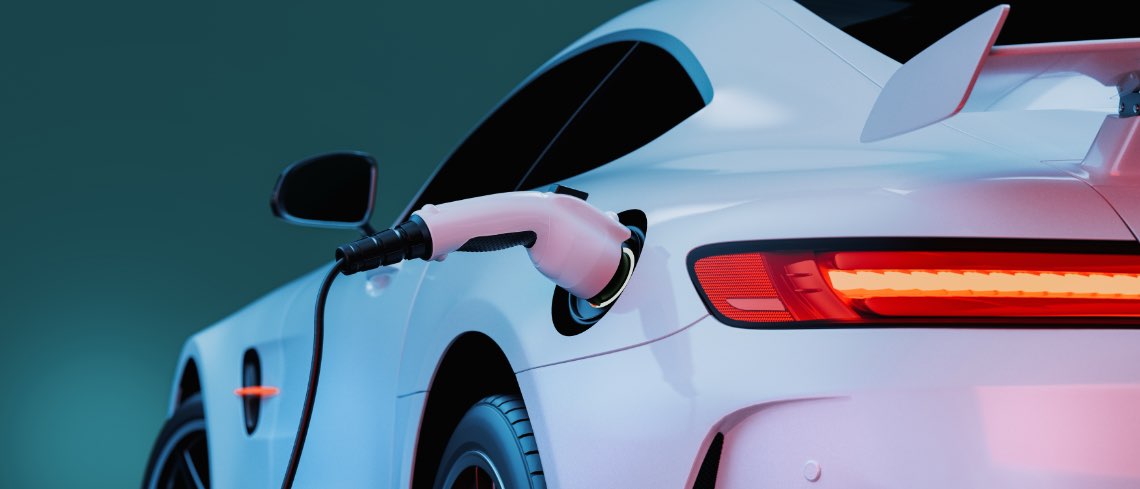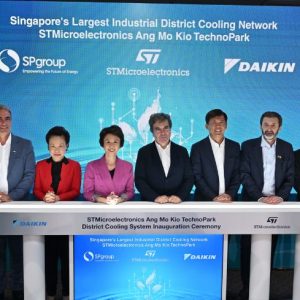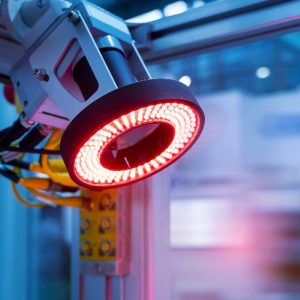Traction inverters are at the heart of electric vehicles, meaning that they are one of the modules with the most significant impact on overall efficiency, range, and performance. According to the US Department of Energy, the electric drive system is responsible for some of the most significant losses in an EV, totaling about 18%. Moreover, a report by McKinsey & Company explains that the “top reasons” for consumers to avoid EVs are costs, charging concerns, and range anxiety, two of which are mainly impacted by the traction inverter’s performance. Optimizing the electric drive train is thus the quickest and surest way to improve an EV to make it more compelling, and why ST recently published a white paper on traction inverters.
Why are traction inverters challenging?
The role of a traction inverter
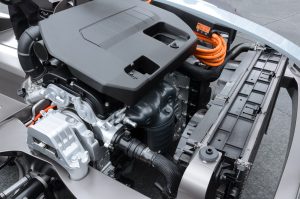
In a nutshell, the traction inverter takes the DC electrical energy from the battery, converts it into properly commutated three-phase alternating current, and sends it to a traction motor, which then converts it into kinetic energy. Consequently, the traction inverter is also responsible for modulating the AC sent to the motors to adjust for things like torque and speed. Similarly, regenerative braking, which converts mechanical energy into DC power to recharge the battery, also depends on the traction inverter. Hence, the reason drivers love the responsiveness of their EVs, as well as how certain driving features can extend the overall range, is dependent on the performance of the traction inverter, among other things.
The challenges behind the traction and the inversion
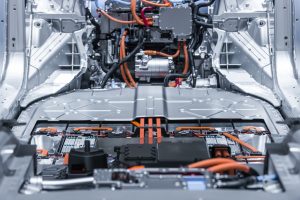
While most two-wheel-drive vehicles will have one or two inverters, an all-wheel drive may have up to one inverter per traction motor and one traction motor per wheel. It all depends on how car makers want to address the car’s overall performance. Hence, it’s easy to see some of the challenges that engineers must solve when designing a traction inverter that must not only convert electrical energy but also sense phase current, monitor motor position, and even manage control loops. While many engineers focus on the “inverter”, “traction” comes with a unique set of challenges, such as determining a rotor’s position with precision or the whole traction inverter will be grossly inefficient.
Moreover, as EVs increasingly support high-power DC charging, they come with higher DC-link voltages, which means the traction inverter must adapt to reduce losses while enabling traction motors to draw more power. It’s a great example of how modern car modules are highly interdependent and how changing one aspect of the vehicle has ripple effects on many other systems and modules. As the white paper shows (see Table 3), there’s a strong “correlation between motor power, battery size, and DC link voltage.” Put simply, engineers can’t design traction inverters in isolation but must take a more global approach or risk seriously hampering performance due to a poorly suited system.
How to find solutions and design great traction inverters?
Choosing the right gate drivers
To answer these challenges, the white paper aims to provide key concepts and solutions engineers can apply to their designs. For instance, it looks at how to use gate drivers and power transistors to modulate the current in stator windings. Too often, teams treat these devices as commodities and miss the critical impact they may have on their traction inverters. However, a mismatch between the transistors and gate drivers will result in significantly higher losses, among other things. It’s why a galvanically isolated driver for IGBT and SiC MOSFETs, like the STGAP4S, can make a tremendous difference. ST even offers an evaluation board, the EVALSTGAP4S, which significantly hastens the development of a proof of concept.
Finding the right microcontroller
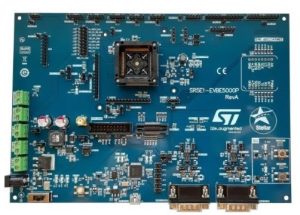
Another challenge is the ability to control the traction motors with enough precision and speed to improve the EV’s performance. Such a feat is directly tied to the microcontroller that will house the PWM timers and the logic responsible for calculating the field-oriented control mechanisms, among other functions. Using the wrong device will not only hinder performance but also create critical problems that cannot be fixed easily unless the platform supports things like over-the-air updates, the highest levels of functional safety, and more. ST is already offering MCUs tailored for EV applications, like the new Stellar E series and evaluation boards like the SR5E1-EVBE5000P.
Adopting the X-in-1 trend
And the white paper contains so many more solutions, tips, and expert advice. As ST offers a unique and wide-ranging portfolio of devices that can directly improve traction inverters, the paper also helps engineers anticipate a new trend: X-in-1. Increasingly, we see makers coming up with integrated systems that include the on-board charger, DC-DC converter, and traction inverter. Since these systems impact one another, integrating them helps create a more meaningful and intentional design. However, that means engineers must widen their expertise and rely on a portfolio that includes a broader range of devices.


